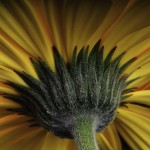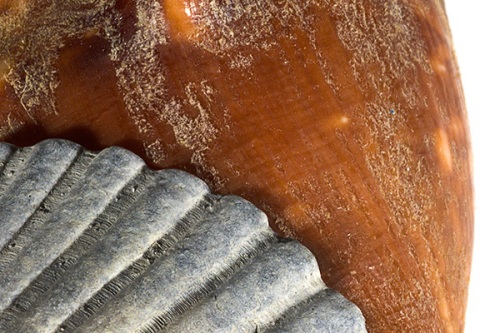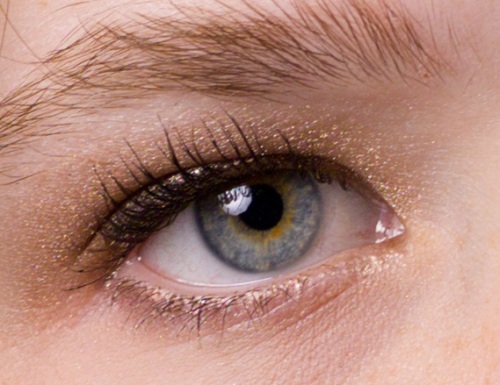Check your settings! Make it a habit – before you go out on any type of photo adventure, check all of your settings. You will never be plagued with images shot with the wrong exposure. So make sure you check:
- ISO
- White Balance
- Shutter Speed
- Aperture
- Bracketing
- Exposure Compensation
At the end of a shoot, always restore your settings to the same each time and you will know where you stand. It can be very easy to finish a shoot, put your camera away and then download your images – but wait! Don’t forget to restore your settings, so you are ready for those great photo ops at a moment’s notice.








